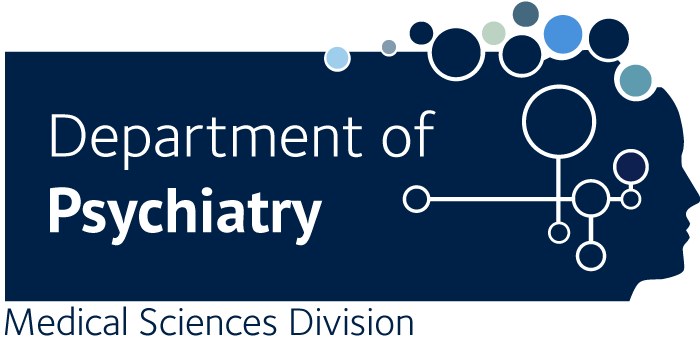This new study, Optimal dose of selective serotonin reuptake inhibitors, venlafaxine, and mirtazapine in major depression: a systematic review and dose-response meta-analysis, was published in The Lancet Psychiatry. It demonstrates important clinical implications for guidelines and the daily use of antidepressants in real world settings.
The study focused on the most frequently prescribed antidepressants in the UK, including five SSRIs (selective serotonin reuptake inhibitors: citalopram, escitalopram, fluoxetine, paroxetine and sertraline), venlafaxine and mirtazapine. Data from 19,364 participants was used to assess efficacy, acceptability and tolerability over a median of 8 weeks treatment.
Optimal acceptability and dose-efficacy for the SSRIs was in the lower licensed range between 20 mg and 40mg fluoxetine equivalents. For both venlafaxine and mirtazapine optimal acceptability was also in the lower range of their licensed dose. However, for venlafaxine efficacy was increasing up to 150 mg and for mirtazapine dose-efficacy increased only up to about 30 mg.
When I see patients in my clinic and we agree on prescribing an antidepressant for their depressive episode, the big challenge is not only to prescribe the right medication but also to find the best dosage for each individual, optimising efficacy and reducing side effects. Current practice guidelines provide conflicting recommendations.Professor Andrea Cipriani, Department of Psychiatry, University of Oxford.
In the UK the NICE (National Institute for Clinical Excellence) guidelines state that there is no dose dependency within the therapeutic range of SSRIs, in the US guidelines from the American Psychiatric Association recommend slow titration up to the maximum tolerated dose. This new evidence suggests neither of these methods are correct.
The study was carried out by an international team of experts led by the University of Oxford and was funded by the National Institute for Health Research in the UK, together with the Japan Society for the Promotion of Science and the Swiss National Science Foundation.


